When it comes to Raspberry PI, getting the best performance requires a fast MicroSD Card, as it changes board performances like an SDD Disk compared to an HDD disk for a common personal computer. Once get your new SD card, you probably want to keep all your data. Migrating SD cards with the right tools can make easy this process.
Usually, people start with Raspberry PI with one of the standard kits available on the internet and use the first SD card available at home. As already explained in my previous post, the simplest way to improve Raspberry PI’s performance is by using a faster SD card. Sometimes this matches also the need to have more disk space (with a larger SD card) and migrate all contents (operating system and data) from our old card to the new one.
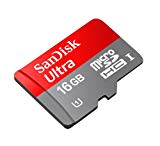
In this guide, I’ll assume that you have installed Raspberry PI OS. Otherwise, the last step (expansion) should be done with the procedure related to your OS. Note that some users reported that OS installed via NOOBS makes impossible final file system expansion.
That said, Win32DiskImager (here the link to download) is the right tool to simplify this operation and help us in our goal.
Below are the simple steps to follow from beginning to end.
What We Need
As usual, I suggest adding from now to your favourite e-commerce shopping cart all the needed hardware, so that at the end you will be able to evaluate overall costs and decide if to continue with the project or remove them from the shopping cart. So, hardware will be only:
- Raspberry PI (including proper power supply or using a smartphone micro usb charger with at least 3A)
- high speed micro SD card (at least 16 GB, at least class 10)
Step-by-Step Procedure
Step 1: install Win32DiskImager
This should be simple for you. Just download the installer from the previous link and setup following the common installation wizard.
Step 2: create your raspberry image
With Win32DiskImager this is a very simple operation.
Insert your SD card in a card reader and plug it into your PC. In my case (that should be similar to your one) it shows SD Card in Computer Explorer with 2 partitions. One is labelled as “Boot” and associated with F drive letter, and the second one is “SDHC” and associated with H drive letter:

Consider that both partitions reside inside your SD Card. With Win32DiskImager it’s enough to select the boot one to copy the entire SD Card.
Start Win32DiskImager. Be aware: sometimes it is required to Run as Administrator to skip permission issues. Select under “Device” the drive letter corresponding to the Boot partition (“F:\” in my case). Write the name you want to assign to your image (and the folder path with “.img” extension) so that the Read button becomes active:
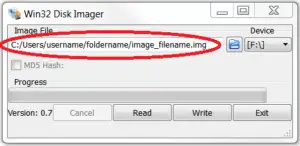
Press the Read button and wait for image creation to be completed successfully.
Step 3: flash the new SD card
Remove your old SD card and insert the new SD card in your card reader. Plug it into your PC and go back to Win32DiskImager. Select the Drive letter corresponding to your SD (again F:\ in my case) and the same “.img” file just created:

This time, press the Write button to flash your new SD and wait to complete it successfully.
Step 4: boot Raspberry PI and expand the partition
Insert the new SD card into your Raspberry and wait to boot completely and login. You should now see your old OS and your old data. You should also see that your drive has still the old size by typing:
df -HIf your new card is also larger than the old one, you should also expand the filesystem. You can easily accomplish this by using raspi-config. So, launch the command:
sudo raspi-configSelect “7 Advanced Options”:
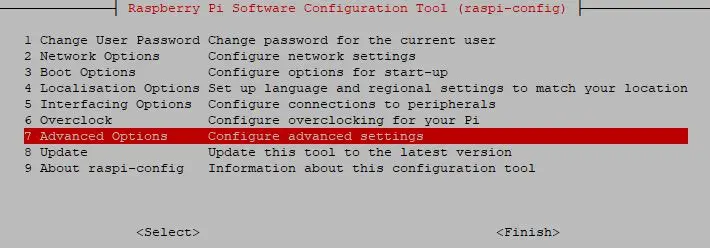
Select A1 Expand Filesystem:

Press OK in the following confirmation:
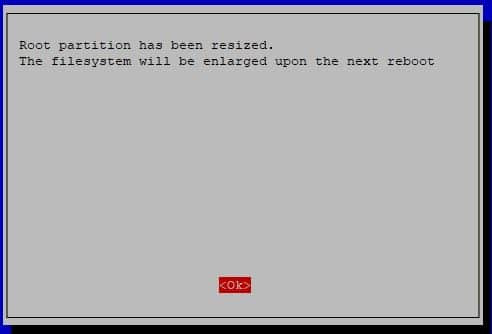
Now you are back to raspi-config home page. Click Finish
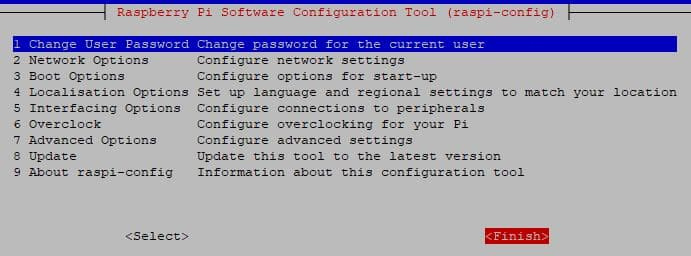
You must now reboot in order to complete the filesystem resize. Raspi-config asks if you want to reboot now:
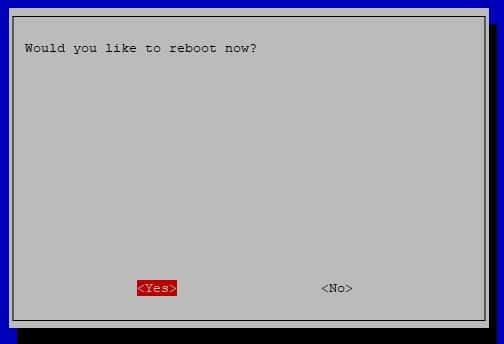
Click YES and wait for the reboot to be completed. At the end, please login again and verify the new partition space with the command:
df -HEnjoy!

Open source and Raspberry PI lover, writes tutorials for beginners since 2019. He's an ICT expert, with a strong experience in supporting medium to big companies and public administrations to manage their ICT infrastructures. He's supporting the Italian public administration in digital transformation projects.
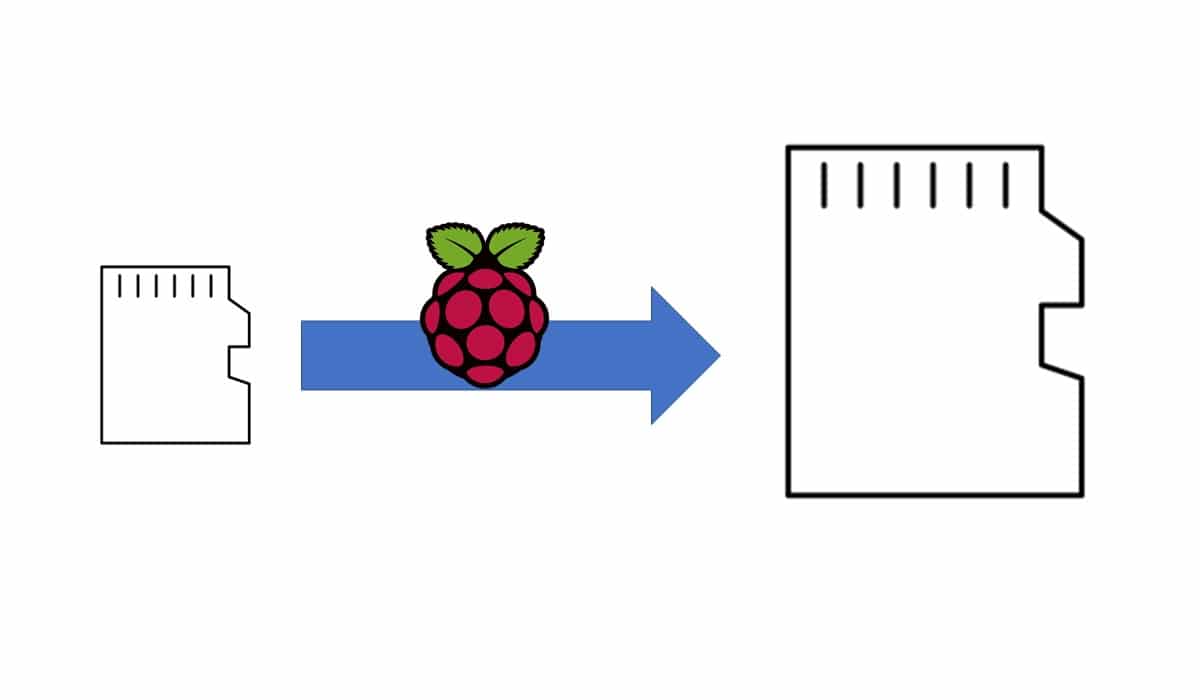

raspi-config does not expand the system if it was installed with NOOBS , is my case and i can not do it
Correct, this guide is for people having Raspbian installed from its image. People using NOOBS could evaluate between at least these 2 options:
1. Migrating data to a fresh Raspbian installation from its img file
2. Using parted / fdisk to manually expand partition
Thanks!
Very helpful tutorial!
Glad it has been helpful
Thaks worked as charm!
If i do this, is my original sd card still ok if i want to use it with my pi ?
Sure! Your original card is just read, no changes happen
I like the fact that your tutorial is low risk for people who are afraid they might accidentally erase the **GOOD** SD-card during cloning. When you use this technique, the good SD-card is not even inserted when the user clicks on WRITE. Well done!
Thank you for your appreciation, Jim
Worked like a charm!
Thank you for your feedback, Sigi!
… and how to shrink to a smaller SD-Card?
Hi Peter.
You can try with something like https://github.com/Drewsif/PiShrink, waiting for me to create a tutorial also for this common Raspberry PI need.
Many thanks for your feedback
Thanks, did exactly what it said on the tin.
Thank you for your feedback, Anthony!
Thank you! Everything worked as you explained.
I did laugh though – I should have done all of my updates/upgrades before I started this process. Maybe add a hint to others.
Hi Dave,
thank you very much for your tip. Anyway, this procedure should work even without all the updates/upgrades as it makes a complete copy of the SD card inside the new one, so you should be able to perform the update even after the migration